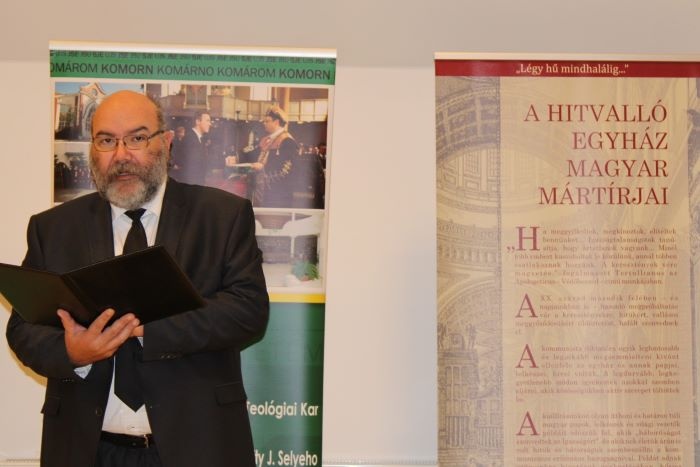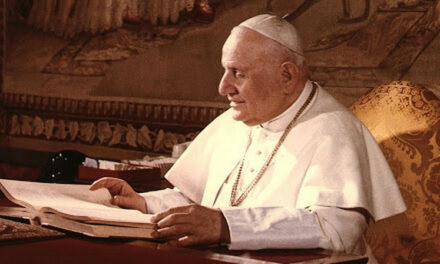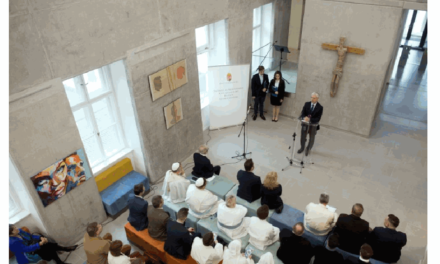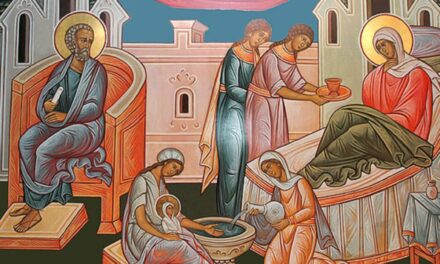For the first time, an exhibition entitled Hungarian Martyrs of the Faithful Church is being shown in a secular location. The panel exhibition created by the National Commemoration Committee, which commemorates the martyrs of the communist period, took place in the conference center of János Selye University. A conference was also organized in Komárom with the participation of renowned historians and church figures.
As stated at the opening, the goal of the University's Reformed Faculty of Theology Department of Historical Sciences, by organizing a conference connected with this exhibition, is to bring alive the dialogue concerning the dictatorships of the 20th century suffered by our historical churches.
Alfréd Somogyi, dean of the Reformed Faculty of Theology, said in his speech opening the exhibition that during the communist dictatorship, it was those who stood in line that mattered, and those who did not had to be removed, or at least made impossible. Every image, sentence, and message of the exhibition pulls a veil and shines a light on itself, on the Bolshevik roots, in which the satanic will appears, he said.
"This idea has a problem with two things: with God and with man, especially with God-fearing man," he underlined.
In his opinion, this exhibition is also important because it commemorates church people who behaved in a way that would have been expected of all church people - he said this, reflecting on the historical fact that, unfortunately, the officials of the churches at the time were the ones who were most disappointed. with the current secular power and "they made the church a submissive, peace fighter, or indeed a serving church".
As he said, in this exhibition we can get to know the lives of 20 churchmen, pastors, priests, and monks who stood up for the ideas, truths, values and faith that they undertook and professed. "Some of them were shot by the Russians, some simply disappeared, some were beaten to death, some were put on trial and executed. Some were simply run over by a truck to make it look like an accident, some were interned and it is not known where they died, some were trapped and left to die without medical treatment. From the material of the exhibition, two worlds emerge before us. The system of the Bolshevik dictatorship, which wants to be wiped out with a smile on its face, stands against it with its 2,000-year history, burden and weight through each fragile and destructible person of the Christian Church," said the dean of the Faculty of Theology.
"They are here in front of us to cure us of our skepticism, our willingness to compromise and our willingness to self-denially save our own skin. They are here in front of us to set an example, since we are also church and academic people, we have to be examples to those entrusted to us", he concluded his thoughts.
After the exhibition opening, the plenary lectures began, at which the rector of the university, György Juhász, greeted the participants of the conference. A lecture was given by Mons. Canon László Tóth, vicar of the archbishop: "LEBANON CEDARS" - On the ecclesiastical and national unifying role of the Hungarian priests of the highlands during communism, then Lóránt Rákos, chief clerical clerk of the Slovak Reformed Christian Church: The Slovak Reformed Christian Church under the burden of socialist law. In the second half of the conference, historians Imre Molnár, Géza Erdélyi, Attila Viktor Soós, Zsolt Buza and László Bukovszky gave presentations.
Source and full article and image: Erika Szalai/Felvidék.ma












